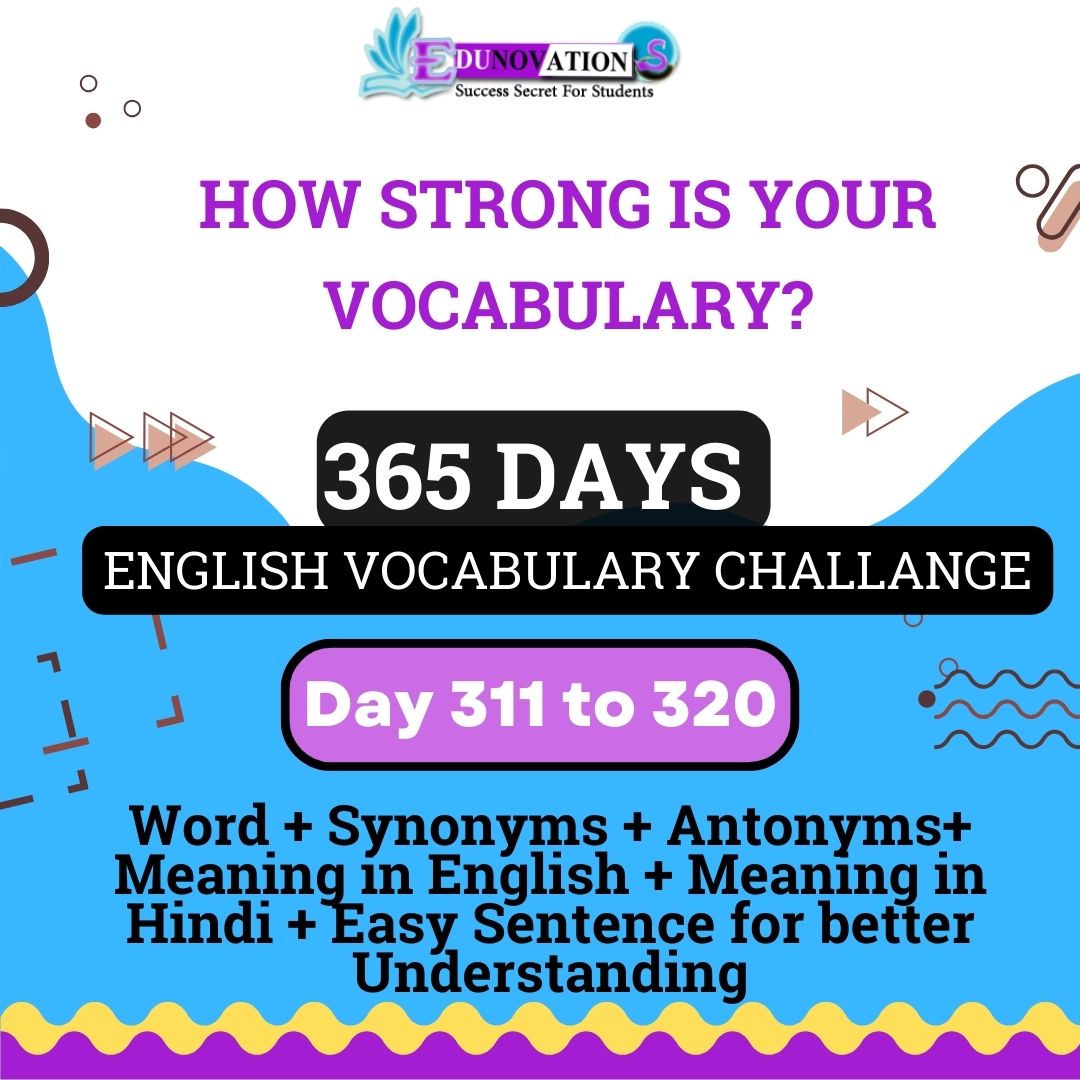English Grammar: Word Order

English Grammar: Word Order
English Grammar: Word Order
Word Order
This includes the order of words in English sentences, and how it affects meaning and emphasis.
Word order refers to the way in which words are arranged in a sentence to convey meaning. In English, word order is generally fixed, which means that changing the order of words can change the meaning of a sentence. Understanding word order is crucial for effective communication in English. In this article, we will discuss the basics of word order in English grammar.
Subject-Verb-Object (SVO) Word Order
In English, the most common word order is Subject-Verb-Object (SVO). This means that the subject comes first, followed by the verb, and then the object. For example:
- The cat (subject) chased (verb) the mouse (object).
- John (subject) ate (verb) the pizza (object).
In this sentence, “John” is the subject, “ate” is the verb, and “the pizza” is the object. This sentence follows the SVO word order.
- Mary (subject) is (verb) reading (object) a book.
In this sentence, “Mary” is the subject, “is” is the verb, and “reading a book” is the object. The sentence follows the SVO word order.
Subject-Object-Verb (SOV) Word Order
In some languages, such as Japanese and Turkish, the word order is Subject-Object-Verb (SOV), which means that the subject comes first, followed by the object, and then the verb. In English, this word order is used in certain situations, such as in sentences that include indirect objects. For example:
- She (subject) gave (verb) him (indirect object) the book (object).
In this sentence, “She” is the subject, “gave” is the verb, “him” is the indirect object, and “the book” is the object. This sentence follows the SOV word order.
- He (subject) gave (verb) her (indirect object) the blue pen (object).
In this sentence, “He” is the subject, “gave” is the verb, “her” is the indirect object, and “the blue pen” is the object. The sentence follows the SOV word order.
Inverted Word Order
In some cases, the word order in English can be inverted, meaning that the verb comes before the subject. This is commonly used in questions and after certain adverbs such as “never” and “rarely”. For example:
- Did (verb) you (subject) see the movie last night?
In this sentence, the verb “did” comes before the subject “you”, which is an inversion of the SVO word order.
- Rarely (adverb) have (verb) I (subject) seen such a beautiful sunset.
- Did (verb) you (subject) eat (object) breakfast this morning? In this sentence, “Did” is the verb, “you” is the subject, and “eat breakfast” is the object. The sentence follows the inverted word order.
Adjective Order
When multiple adjectives are used to describe a noun, they generally follow a specific order. The order is: opinion, size, age, shape, color, origin, material, and purpose. For example:
- She has a beautiful (opinion) big (size) old (age) round (shape) red (color) Italian (origin) leather (material) handbag (purpose).
In this sentence, the adjectives are listed in the correct order. First, the opinion (“beautiful”), then the size (“big”), followed by age (“old”), shape (“round”), color (“red”), origin (“Italian”), material (“leather”), and purpose (“handbag”).
Adverb Order
Adverbs usually come after the verb they modify, but the order can be altered depending on the type of adverb. The usual order is manner, place, frequency, and time. For example:
- She sang (verb) beautifully (manner) in the park (place) every day (frequency) at sunset (time).
In this sentence, “beautifully” is a manner adverb, “in the park” is a place adverb, “every day” is a frequency adverb, and “at sunset” is a time adverb. The order in which they are placed follows the adverb order rule.
A Table Summarizing the Different Types of Word Order in English
| Type of Word Order | Description | Example Sentence |
| Subject-Verb-Object (SVO) | When multiple adjectives are used to describe a noun, they generally follow a specific order: opinion, size, age, shape, color, origin, material, and purpose. | John (subject) ate (verb) the pizza (object). |
| Subject-Object-Verb (SOV) | Used in certain situations such as in sentences that include indirect objects. The subject comes first, followed by the object, and then the verb. | She (subject) gave (verb) him (indirect object) the book (object). |
| Inverted Word Order | The verb comes before the subject, commonly used in questions and after certain adverbs. | Did (verb) you (subject) see the movie last night? |
| Adjective Order | Adverbs usually come after the verb they modify, but the order can be altered depending on the type of adverb: manner, place, frequency, and time. | She has a beautiful (opinion) big (size) old (age) round (shape) red (color) Italian (origin) leather (material) handbag (purpose). |
| Adverb Order | Adverbs usually come after the verb they modify, but the order can be altered depending on the type of adverb: manner, place, frequency, time. | She sang (verb) beautifully (manner) in the park (place) every day (frequency) at sunset (time). |
Word order is an essential part of English grammar as it helps in communicating ideas clearly and effectively. By understanding the different types of word order and the rules that govern them, learners of English can improve their speaking and writing skills.
By using the proper word order, we can avoid confusion and convey the intended meaning of a sentence. It is important to note that word order can vary depending on the context, tone, and emphasis of a sentence. Therefore, it is crucial to practice and familiarize ourselves with different types of word orders to effectively communicate in English.
In conclusion
Overall, understanding word order is essential to developing strong communication skills in English. By using proper word order, we can create sentences that are clear, concise, and easily understood.
Word order is an essential aspect of English grammar, and understanding it is crucial for clear and effective communication. By following the basic rules of word order, you can ensure that your sentences are clear and convey the intended meaning.
Frequently Asked Questions and Answers (FAQs) Related to English Word Order:
- Q. What is word order in English grammar?
- A. Word order refers to the arrangement of words in a sentence to create meaning.
- Q. Why is word order important in English grammar?
- A. Proper word order is essential for clear and effective communication in English. It helps convey the intended meaning of a sentence and avoids confusion.
- Q. What is the most common word order in English?
- A. The most common word order in English is Subject-Verb-Object (SVO).
- Q. What is inverted word order?
- A. Inverted word order is when the verb comes before the subject. It is commonly used in questions and after certain adverbs such as “never” and “rarely”.
- Q. What is adjective order?
- A. Adjective order is the order in which adjectives are placed when multiple adjectives are used to describe a noun.
- Q. What is adverb order?
- A. Adverb order is the order in which adverbs are placed in a sentence.
- Q. Can word order change the meaning of a sentence?
- A. Yes, changing the word order in a sentence can change the meaning of the sentence.
- Q. Is word order the same in all languages?
- A. No, word order can vary in different languages.
- Q. What are some tips for improving word order in English?
- A. Practice writing and speaking English sentences using different word orders. Use English resources such as grammar books, language learning apps, and online exercises.












